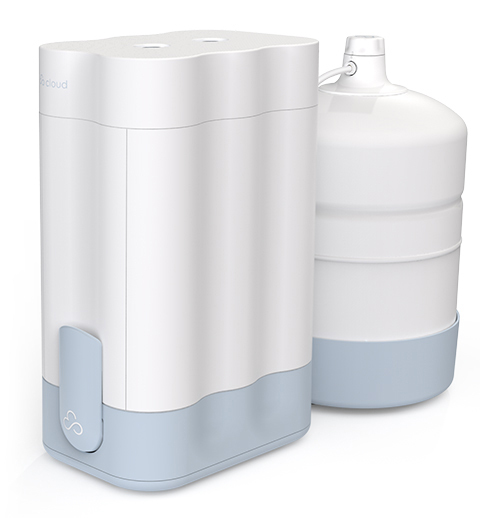Water Composition
- 16contaminants
- 7.4pH
- 339tds
- 253hardness
- N/Acorrosivity
The Water Composition Report details the general chemistry of your tap water. All reported contaminants are listed along with how levels compare to the national average. Click through each contaminant to see source and potential health effects. General characteristics including TDS, pH, hardness and corrosivity will also be provided when data is available.
Contaminant Detections
Cyanide
100 ppb
i
yours
national average
Lead
1.7 ppb
i
yours
national average
Nitrate (as N)
1.1 ppm
i
yours
national average
Aluminum
52 ppb
i
yours
national average
Chloroform
7 ppb
i
yours
national average
Fluoride
210 ppb
i
yours
national average
Sulfate
29 ppm
i
yours
national average
Bromodichloromethane
11 ppb
i
yours
national average
Dibromochloromethane
8 ppb
i
yours
national average
Nitrate (as NO3)
3 ppm
i
yours
national average
pH Levels
0
14
pH is a measure of your water’s acidity. Water with elevated pH is known as Alkaline water. pH is measured on a scale from 0-14. Typical drinking water has a neutral pH of 7, and water that is considered Alkaline has a pH that ranges from 7 to 10. A variety of human and natural causes lead to changes in pH. A decrease in pH can result from acid rain or mine drainage, whereas an increase in pH can result from alkaline geologic conditions. Industrial waste, chemical run-off, and other commercial activities can also lead to very low or high pH conditions.
TDS
measured in parts per million (ppm)0
1000
Some of the ions that contribute to TDS (total dissolved solids) can cause negative health outcomes. Elevated levels of magnesium and sulfate in combination can results in a laxative effect, while elevated sodium levels can be problematic for people on a low sodium diet. In addition, elevated nitrate levels are a health risk to pregnant women and infants. Total dissolved solids is the sum of the dissolved ions in the water, which can enter water via natural sources, sewage, urban and agricultural run-off, and industrial wastewater.
Hardness
measured in parts per million (ppm)0
200
Total hardness is the sum of all hardness-contributing metals and minerals in your water. Mostly representative of calcium and magnesium, total hardness also includes contributions by barium, copper, zinc, iron, strontium and more. Water hardness may cause scaling and bad tasting tap water. Hardness contributes to white film on glassware and can make soap bubbles difficult to form.
